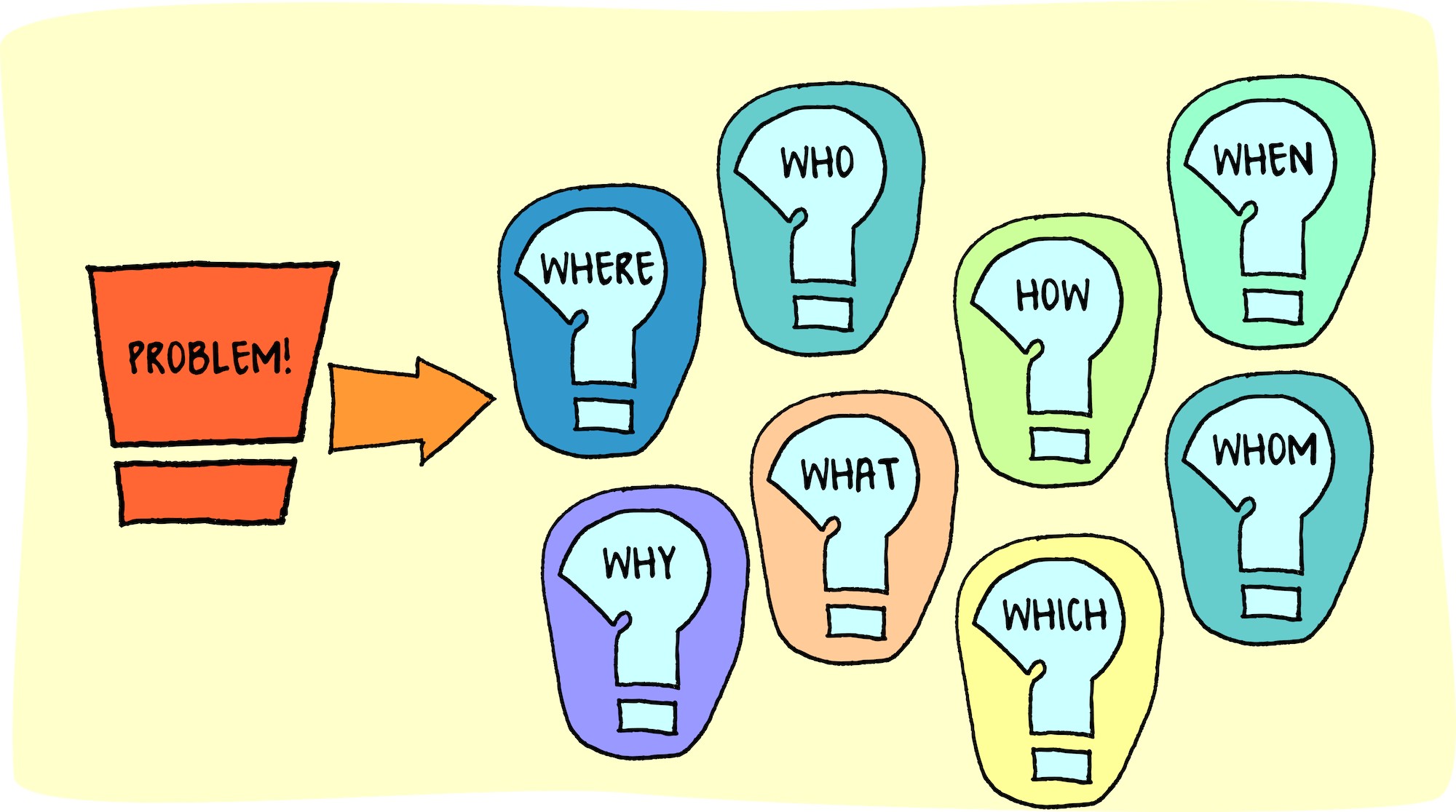In the contemporary educational landscape, where digital fluency is no longer an optional extra but a foundational skill, the ability to collaborate effectively online has become paramount. The modern workplace, increasingly global and distributed, demands professionals who can seamlessly work in virtual teams, communicate across digital platforms, and co-create solutions from disparate locations. Therefore, for educators, teaching collaboration in an online environment is not merely about adapting traditional group work to a virtual setting; it’s about deliberately cultivating a distinct set of skills and mindsets essential for success in an interconnected world. This requires a thoughtful pedagogical approach that leverages technology to foster engagement, communication, and shared ownership.
The first crucial step in teaching online collaboration is to **establish clear expectations and guidelines** from the outset. Unlike face-to-face interactions where non-verbal cues often guide behavior, online environments require explicit parameters for effective teamwork. This includes defining roles and responsibilities within virtual groups, setting clear communication protocols (e.g., preferred platform, response times), establishing shared goals and deadlines, and outlining expectations for individual contributions. For instance, an instructor might provide a template for a group charter, where students collaboratively define their norms for respectful interaction, task allocation, and conflict resolution. This upfront clarity minimizes misunderstandings, reduces anxiety, and sets a professional tone for collaborative work.
Beyond structure, successful online collaboration hinges on **providing the right digital tools and teaching their effective use**. Simply telling students to “collaborate online” without specifying and demonstrating the appropriate platforms can lead to frustration and inefficiency. Educators should introduce and train students on various collaboration tools, such as shared document editors (Google Docs, Microsoft 365), project management software (Trello, Asana), communication platforms (Slack, Microsoft Teams), and video conferencing solutions (Zoom, Google Meet). It’s not about overwhelming students with every tool, but rather selecting those most relevant to the task and demonstrating best practices for asynchronous and synchronous communication, version control, and shared file management. For example, showing students how to use the “suggesting” feature in Google Docs allows for collaborative editing without overwriting each other’s work, a key skill in remote team environments.
Furthermore, fostering a sense of **interdependence and shared accountability** is vital in online group work. In virtual settings, it can be easier for individuals to disengage or for contributions to become unevenly distributed. Designing tasks that genuinely require collective effort and where each member’s contribution is clearly visible and essential to the final outcome can mitigate this. Projects that involve jigsaw activities, where each student becomes an “expert” on a specific piece of information and must teach it to their group, exemplify this. Regular check-ins, both by the instructor and within the student groups, can help monitor progress and address issues proactively. Utilizing peer evaluation tools, where students assess each other’s contributions to the group effort, can also enhance accountability and provide valuable feedback on collaborative skills.
Developing **effective online communication skills** is another cornerstone of teaching virtual collaboration. Without the benefit of body language and immediate vocal cues, written communication in particular must be precise, respectful, and clear. Educators should model and coach students on writing professional emails, participating constructively in discussion forums, and providing supportive feedback. This might involve setting guidelines for tone, encouraging the use of clear subject lines, and teaching students to articulate complex ideas succinctly. For synchronous video calls, teaching etiquette around active listening, turn-taking, and managing distractions is also important. For instance, an instructor might facilitate a debrief after a group video call, asking students to reflect on what made the communication effective or challenging.
Finally, emphasizing **reflection and meta-cognition** is crucial for long-term learning in online collaboration. Simply completing a group project isn’t enough; students need to reflect on *how* they collaborated. What worked well? What challenges did they face, and how did they overcome them? What could they do differently next time? Providing opportunities for self-assessment and group debriefs encourages students to critically analyze their collaborative processes, identify areas for improvement, and transfer these learnings to future team environments. This reflective practice transforms individual project experiences into transferable collaborative competencies, preparing them not just for the next assignment but for the demands of the modern workforce.
In conclusion, teaching collaboration online is a deliberate pedagogical endeavor that extends far beyond simply assigning group projects. It requires establishing clear expectations, equipping students with the right digital tools, fostering interdependence, cultivating effective online communication, and encouraging reflective practice. By intentionally designing learning experiences that mirror the realities of contemporary professional environments, educators can empower students with the essential skills to not only navigate but thrive in a world where virtual teamwork is increasingly the norm, preparing them for success in both academia and their future careers.




